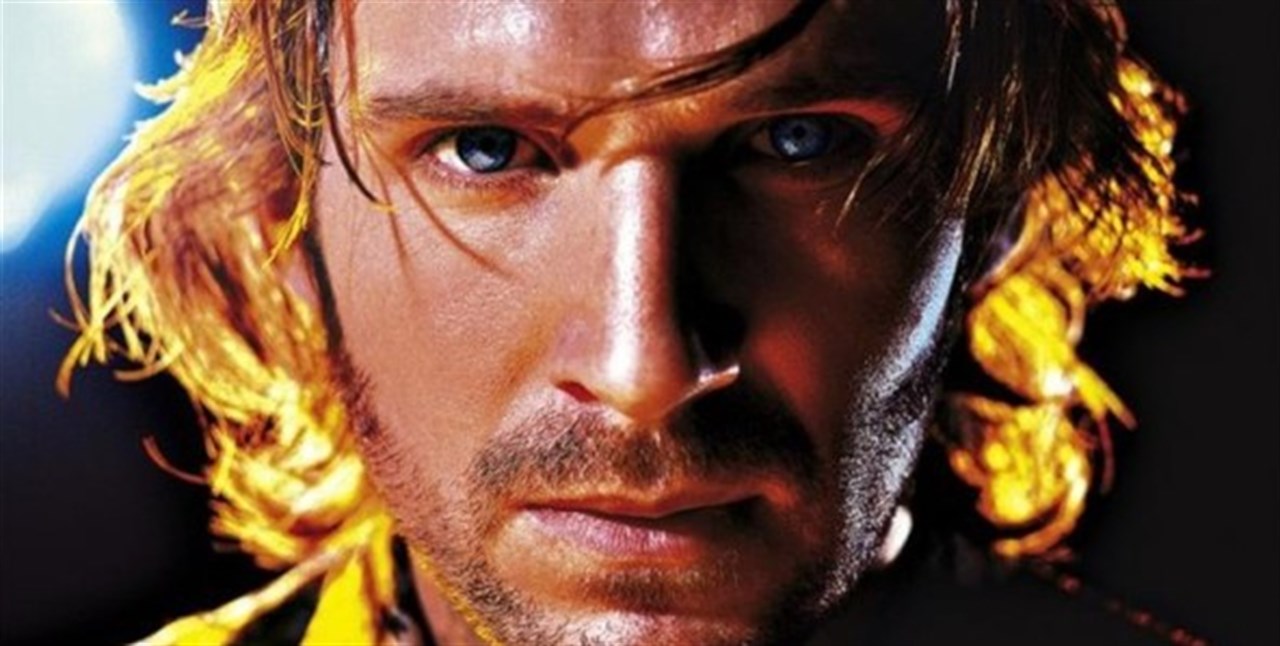
Science Fiction has captured the imagination of moviegoers ever since Georges Méliès landed a space rocket in the man in the moon’s eye in Le Voyage dans la Lune (A Trip to the Moon) back in 1902. Perhaps more than any other genre, sci-fi is capable of evoking mankind’s greatest hopes and darkest fears, sometimes in the space of one movie. From the shiny swear-free utopia of Demolition Man to the post-apocalyptic hellscape of the Mad Max series, the world of science fiction is almost limitless in its potential to confound, amaze, delight, and terrify.
While the established masterpieces like 2001: A Space Odyssey, Star Wars: A New Hope and Blade Runner have become part of our collective pop consciousness, the genre is so vast that some great movies sometimes slip under the radar. Here are 10 lesser known sci-fi classics…
1. Quatermass and the Pit (1964)
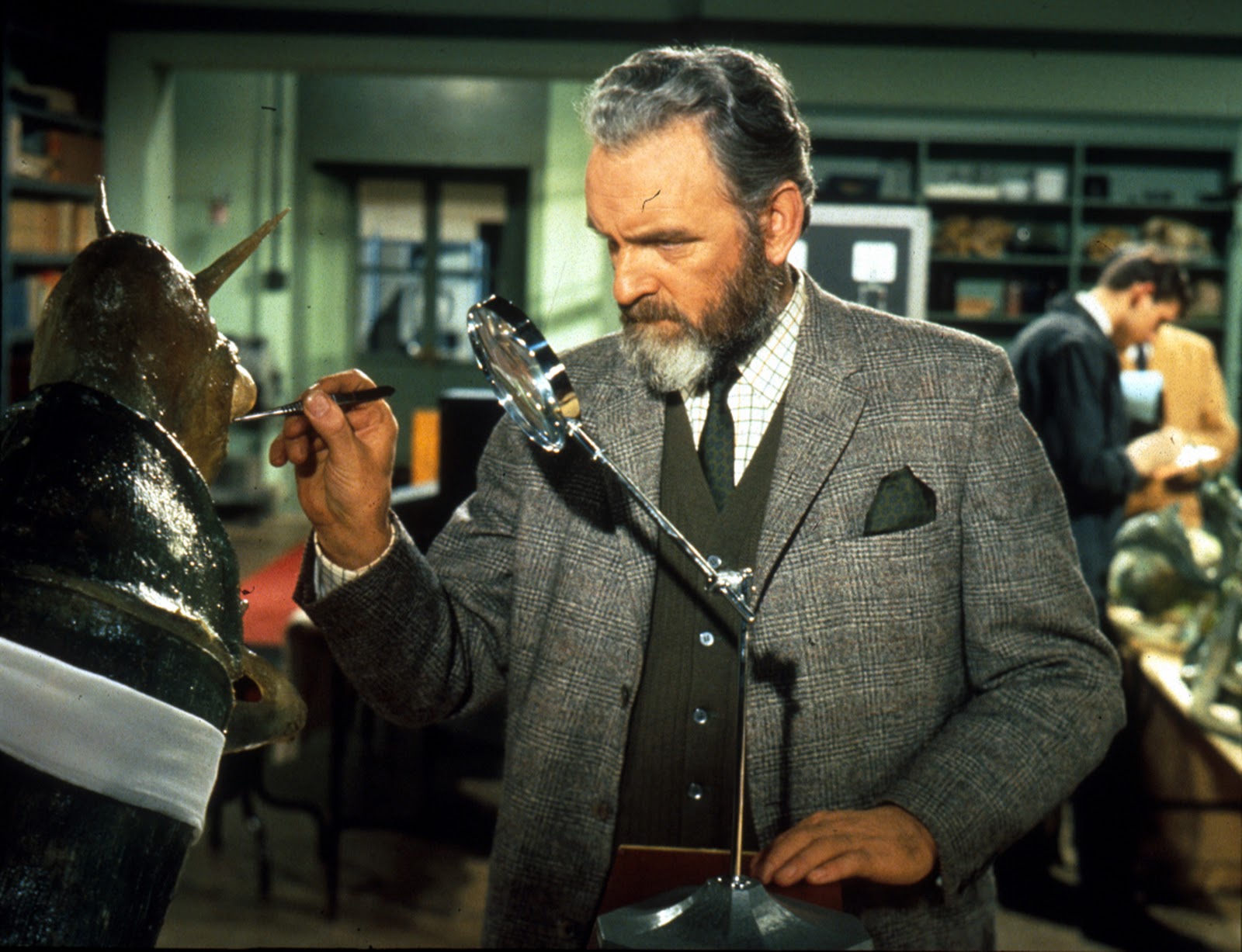
Science Fiction meets Urban Wyrd in Quatermass and the Pit, the third and best of Hammer’s big screen outings for Nigel Kneale’s intrepid British rocket scientist, Professor Bernard Quatermass.
Once again he’s battling sinister alien forces after workmen discover a strange metallic object while expanding the Hobbs End underground station in London. After the authorities initially treat it as an unexploded bomb, further excavations reveal it as an alien spaceship containing long-dead insectoid creatures. The presence of ape-like skulls in and around the craft leads Quatermass to conclude it has been buried for around 5 million years, and has had an impact on mankind’s evolution. Even worse, while the craft’s inhabitants may be dead, they still have a powerful psychic influence on the minds of humans…
As with his later TV series The Stone Tape and other works, Kneale expertly blends fanciful sci-fi concepts with supernatural chills. The unnerving strength of Quatermass and the Pit lies in its ambitious, literate script, which is packed with big ideas and creepy details. It also helps that the occasionally exposition-heavy dialogue is delivered with utter conviction by a cast of worthy British actors including James Donald, Julian Glover, and Andrew Keir as the indomitable Quatermass.
The special effects were hokey even when it was released, but director Roy Ward Baker keeps cranking up the spooky atmosphere as the film builds towards its cataclysmic finale.
2. Strange Days (1995)
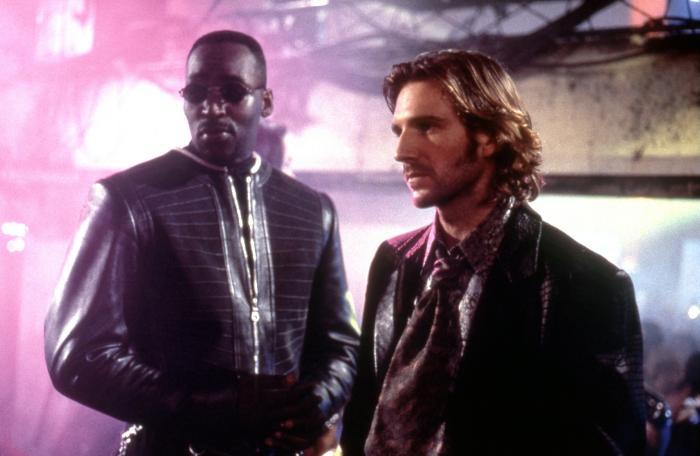
Stirring controversy on release for its voyeuristic scenes of rape and violence, Kathryn Bigelow’s punchy cyberpunk-noir has aged well – as with many of the best sci-fi films, it has only become more relevant with time. Ralph Fiennes plays Lenny Nero, a sleazy peddler of “clips”, real-life events recorded directly from the subject’s cerebral cortex and played back by a fully immersive headset for the client’s titillation or excitement. It’s the last two days of 1999 and Los Angeles is a violent, scum-ridden warzone ready to blow up, and Lenny becomes involved in a deadly conspiracy after he is left a revealing clip by a murdered prostitute.
Strange Days is a gripping Hollywood thriller that may trade in action and sci-fi tropes, but the rage at its core is real. The film’s plausibility is heightened by focusing on a technology that was becoming more of a thing in the 90s and is becoming increasingly within reach today, with ever-improving advancements in Extended Reality and haptic technology.
Once you get past his mid-atlantic accent, Fiennes is fantastic as Nero, an alluringly seedy and unreliable antihero, who nevertheless has some kind of moral compass buried within his wounded soul. He gets terrific support from Angela Bassett as his long-suffering friend Mace, a hard-nosed chauffeur who harbours a crush on Lenny; and Juliette Lewis, Lenny’s ex and the femme fatale of the piece.
The real star of the show is Kathryn Bigelow. Inspired by the LA Riots and the sensational Lorena Bibbitt trial, she gives the film such an urgent, throbbing sense of anger and upheaval, as if the whole movie is ready to break out into a violent brawl and crash through the screen into your living room. Perhaps pointedly, Strange Days is only set four years into the (then) future, as if to say, “Science fiction? Nah, this dystopia is right now!”
3. Dark Star (1974)

Some day in the future, space travel will be commonplace. People will take long journeys between planets and moons and, for a lot of the regular folk who make those trips, it’s going to really suck. While 2001: A Space Odyssey set mankind’s first steps into the cosmos against the majestic canvas of the universe, Dark Star shows how cramped, boring and dangerous it will be for the Regular Joes out there doing crappy jobs in interstellar space.
John Carpenter’s sci-fi comedy joins the cranky crew of the titular spacecraft twenty years into their mission to destroy unstable planets and clear the way for human colonisation. Their Commanding Officer is dead and kept in a cryogenic chamber, and Congress won’t approve the funds for that radiation shield they’ve been hankering for. There are no waltzing space stations or gleaming gravity wheels for these guys; for them, luxury is a few clean squares of unused tissue after their entire supply of toilet rolls was destroyed in a freak accident.
Although played for deadpan laughs, Dark Star is tinged with moments of genuine melancholy. It is those moments that linger. One crew member, Talby (Andreijah Pahich, voiced by Carpenter), feels uncomfortable below deck since the CO was killed and spends his time in the roof dome alone, gazing at the stars; Lieutenant Doolittle (Brian Narelle) misses surfing back on earth and just yearns to wax his board.
Dark Star was Carpenter’s student film before it was padded out for a theatrical release, and it hints at his future mastery of suspense in films like Halloween and The Thing. The centrepiece is an extended sequence when Sergeant Pinback (Dan O’Bannon) hunts a beach ball-like alien through the bowels of the ship, only to find himself dangling perilously from the underside of an elevator.
O’Bannon also provided the primitive but striking special effects. He later worked on Star Wars and wrote the story for Ridley Scott’s Alien, retelling the beach ball incident from a horror perspective, with the same focus on intergalactic blue collar workers. In space, no one can hear you bitching about the pay.
Perhaps true to what interstellar travel will really be like, events in Dark Star flip quickly from banal to deadly in a matter of moments. An asteroid shower, a runaway alien and a malfunctioning bomb all put the ship’s crew in mortal danger before the explosive, fatalistic finale.
4. La Jetée (1962)
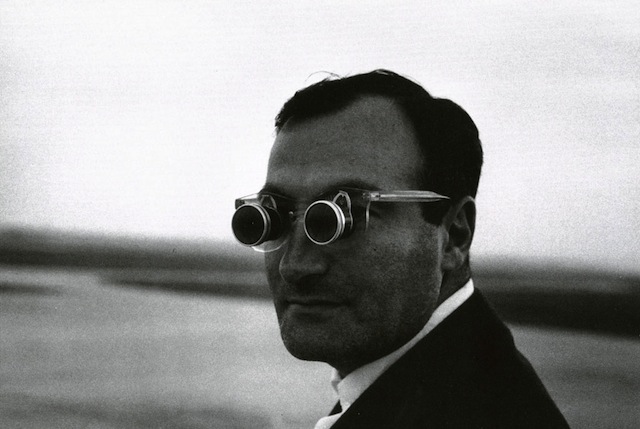
In the tunnels beneath post-World War III Paris, a survivor is troubled by an image from his childhood; a young woman witnessing the death of a man on the observation deck of Orly airport. The strength of that half-remembered moment makes him the perfect subject for time travel experiments, developed in the hope of reaching the past or the future to rescue the present.
La Jetée, Chris Marker’s fabled “photo novel”, was the inspiration for Terry Gilliam’s 12 Monkeys, which expanded on the storyline and key concept. Initially, it is most remarkable for Marker’s startling central innovation: it’s a 28-minute short film made up almost entirely of stark, enigmatic black-and-white images. That is not to say the film is static; the montage is expertly edited by Jean Ravel, deploying a repertoire of cuts, dissolves, fade-ins, and fade-outs to provide a real visual dynamism.
In one instance, he invites you to linger on the startled expression on the woman’s face, her hair caught by the breeze; in another, he might skip through several images very quickly, creating forward motion as told by a flipbook. At the heart of the film is a stunning masterstroke – a fleeting moment of true motion as a woman awakes and smiles a haunting smile.
Equally important to the film’s ambience is the sound design. There is no dialogue, only narration, brief snippets of overheard conversation, music, and sound effects amplify the story’s sense of auditory immediacy. La Jetée is a perfectly realised meditation on mortality, love, dreams, time, and the fragmented unreliability of memory.
5. Tomorrow I’ll Wake Up and Scald Myself with Tea (1977)
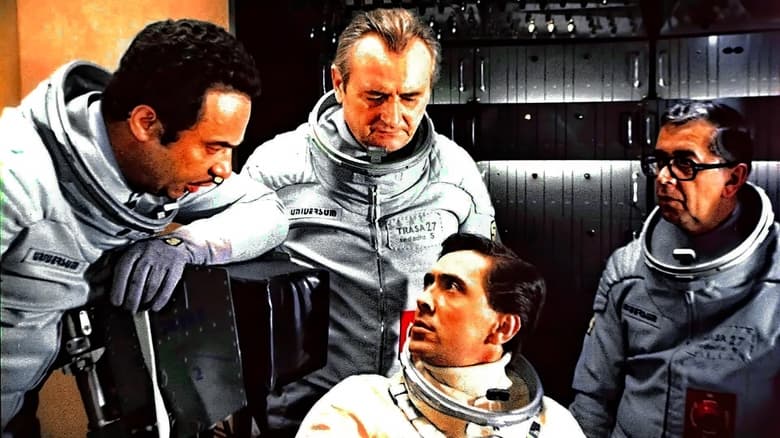
Czech director Jindřich Polák is better known for his sci-fi adventure Ikarie XB-1, which influenced everything from Star Trek to Stanley Kubrick’s 2001. He was also responsible for the very goofy but equally excellent Tomorrow I’ll Wake Up and Scald Myself with Tea, a kitschy comedy involving time-travelling Nazis, identical twins, and a good old-fashioned suitcase switcheroo.
The story begins somewhere in the near future where time travel is so common that people can go on vacation in any historical period they choose. A group of ageing Nazis plot to take a handheld nuclear bomb back in time to swing World War II in Hitler’s favour.
Also involved in the plot is suave time-pilot Karel Bureš (Petr Kostka). Unfortunately for him, he chokes to death on his breakfast roll on the morning of the trip, only for his dull twin brother Jan (Kostka again) to impulsively assume his identity. That decision sets into motion a chain of farcical misunderstandings as Jan attempts to thwart the Nazi plan, culminating in a scene of sustained comic brilliance set in Hitler’s bunker.
Polák cheerfully juggles multiple time paradoxes with moments of pure absurdity, such as a weapon that turns people’s faces green, and fun sci-fi inventions like washing liquid that dissolves dirty dishes. The wacky action is accompanied by a jaunty synth score and some delightfully retro communist-era special effects. It’s a thing of pure joy.